Mastering Movement: How to Capture Emotion in Motion
Learn how to capture movement in photography in a way that feels emotional and powerful. These creative tips will help you infuse motion with meaning in every frame.
Intro: Motion Isn’t Just Technical – It’s Emotional
Movement is one of the most overlooked storytelling tools in photography.
It’s not just about blur, or shutter speed, or “adding energy to the frame.”
Motion, when done right, feels like a heartbeat inside the image.
In this guide, I’ll show you how to move beyond the technical and start capturing movement that actually makes people feel something.
Choose the Emotion Before You Shoot the Motion
Before you think about settings or composition, ask yourself:
- What emotion do I want this motion to carry?
- Is it joy? Restlessness? Tenderness? Longing?
Example:
Is she running through a field because she’s free? Or because she’s chasing something?
Same motion entirely different emotional tone.
Let the Movement Be Imperfect
Emotion doesn’t live in clean lines and perfect focus.
It lives in the blur. The in-between. The just-before or just-after.
Try this:
- Let hair fly across her face mid-laugh
- Capture the second her hand falls back to her side
- Shoot through the spin, not after it
Pro tip: Set your shutter between 1/60–1/125 for intentional motion blur that still holds form.
Posing is safe. Movement is vulnerable.
Prompt Real Movement, Not Poses
Use prompts like:
- “Walk away and then look back like you almost forgot something important.”
- “Shake out your hands like you’re releasing something heavy.”
- “Twirl, but slower—like you’re underwater.”
Let her move through the frame. Then follow, pause, reframe.
This is when emotion enters your lens.
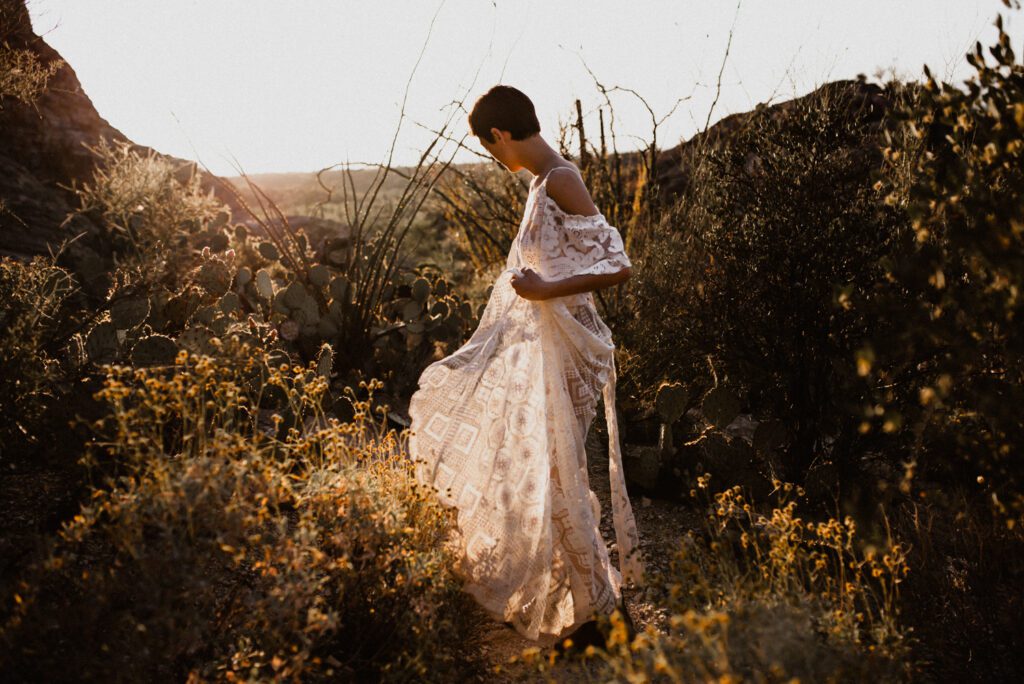
Step 4: Use the Environment to Your Advantage
Nature wants to collaborate with you. Use it.
- Wind in the hair or dress? Lean into it.
- Water rippling around the body? Shoot the distortion.
- Flowing curtains, tall grass, open doors? All perfect motion-makers.
Your job isn’t to control the scene, it’s to feel when it comes alive.
Edit to Support the Movement’s Energy
How you edit a motion photo can either kill or amplify its feeling.
Ask:
- Should this be soft and warm (freedom)?
- Or moody and contrasty (restraint)?
- Do I want to pull the viewer into the movement or make them observe it?
Use grain, split toning, and motion-preserving crops to keep the feeling intact.
Movement Is the Most Human Thing
We are always in motion.
Even in stillness, something is shifting, internally, emotionally, energetically.
So don’t just freeze moments.
Photograph the feeling of movement.
Whether it’s a flick of a wrist or a full-body run, when you capture motion that’s rooted in emotion, you don’t just take a photo.
You tell a story.
x, Jasmin Jade
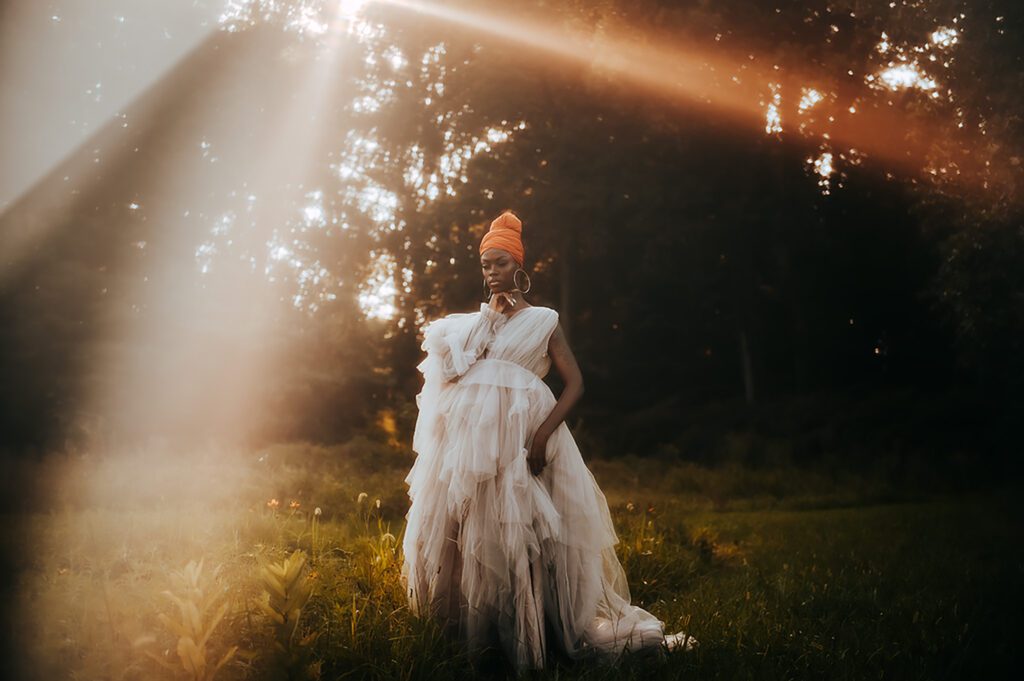
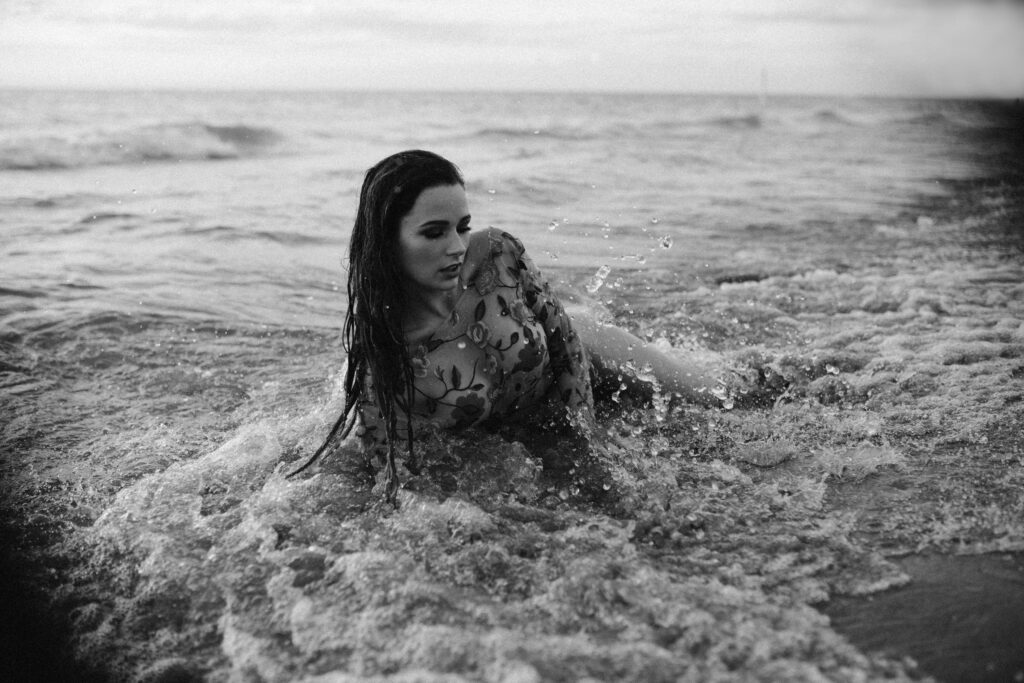

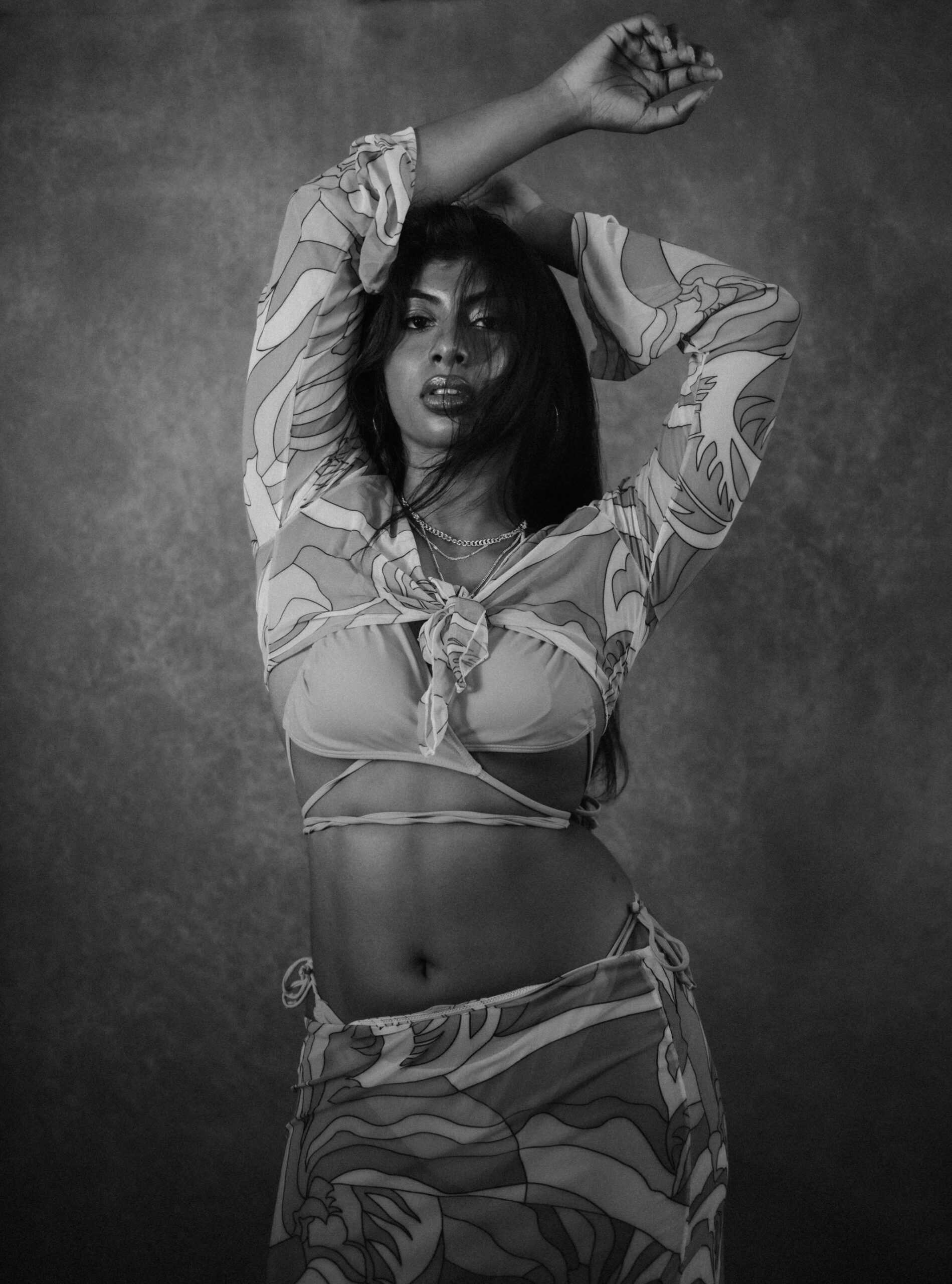
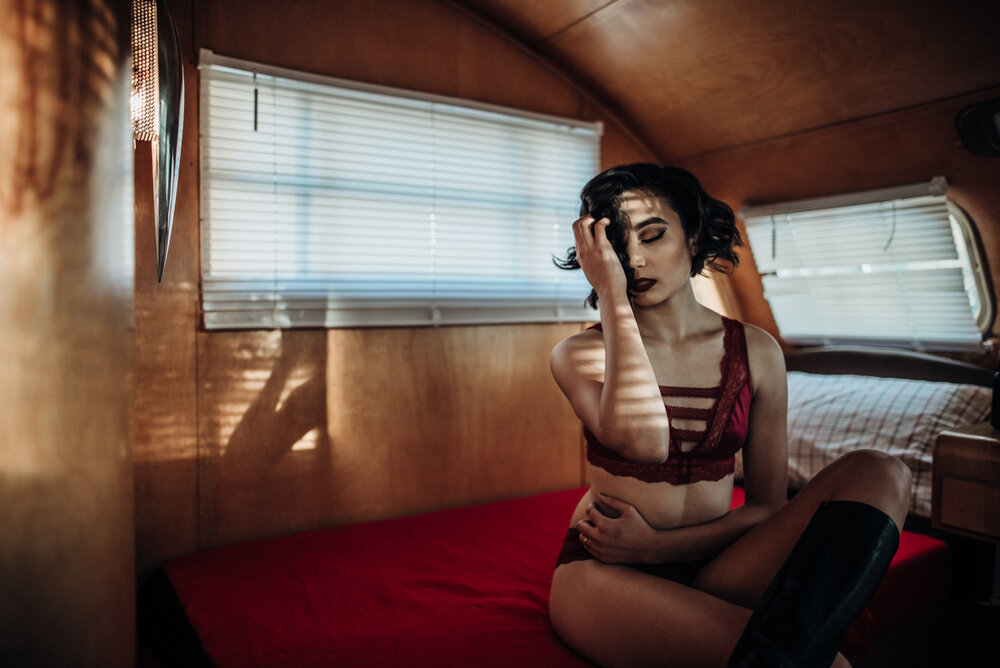


Comments +